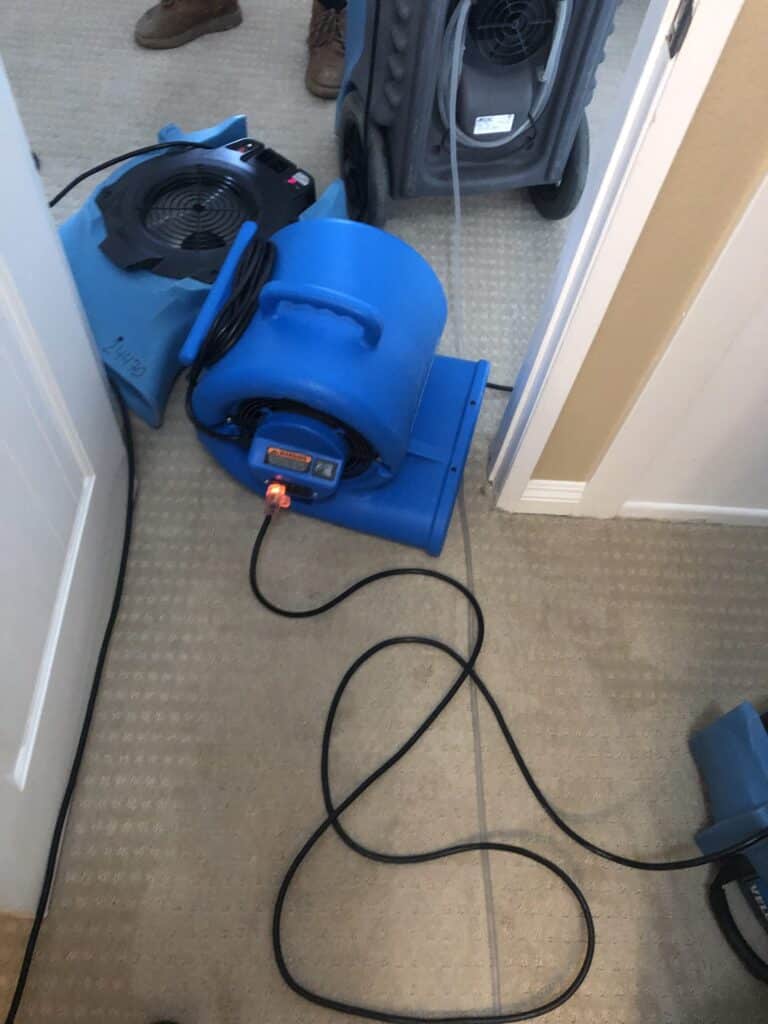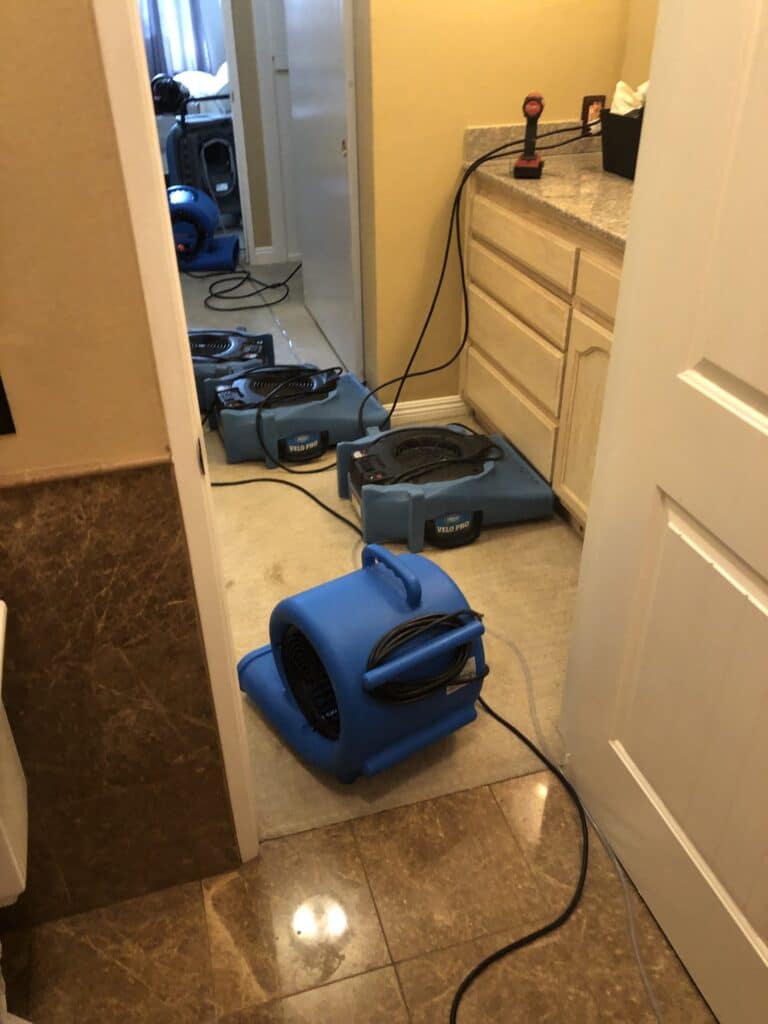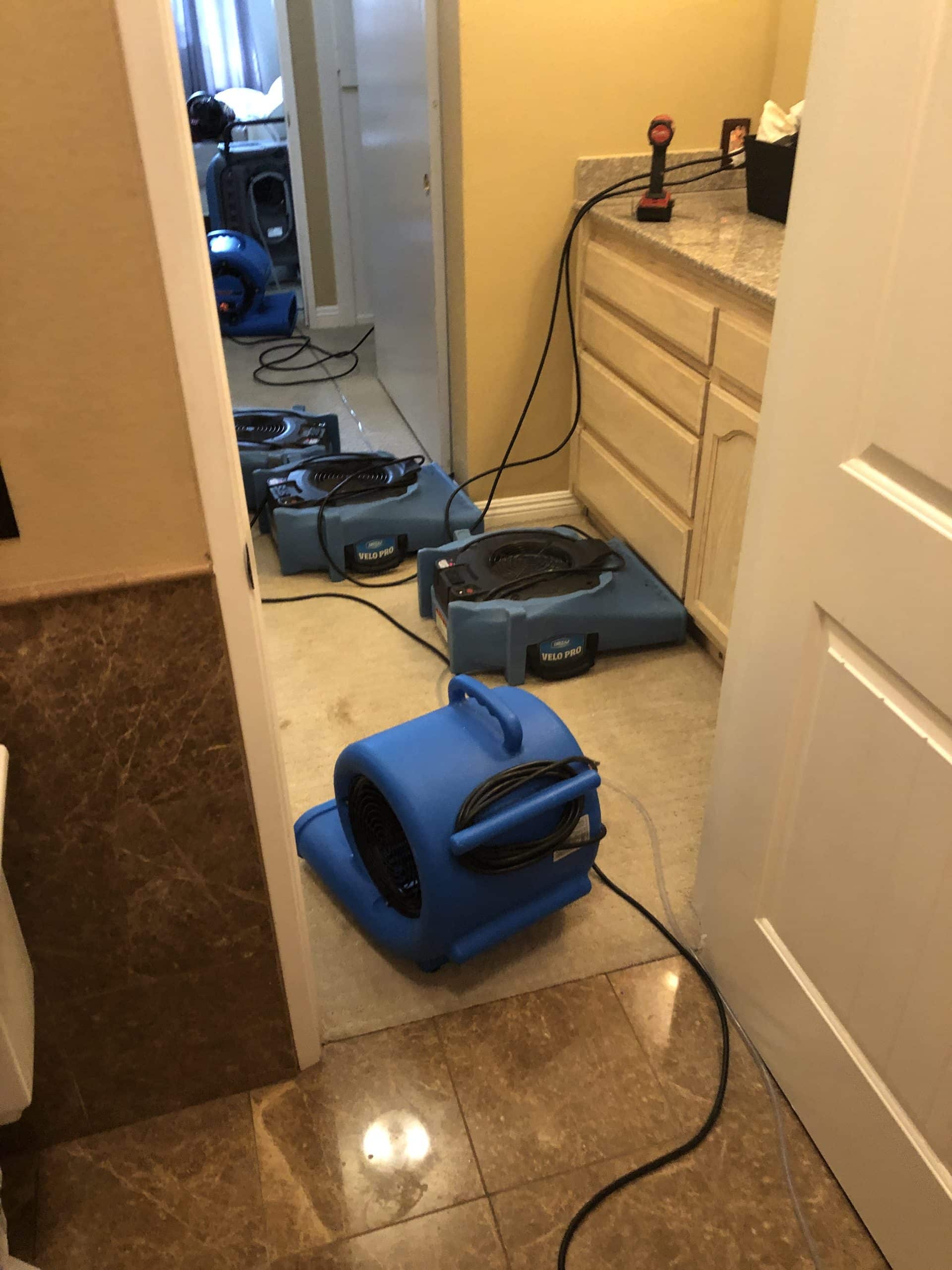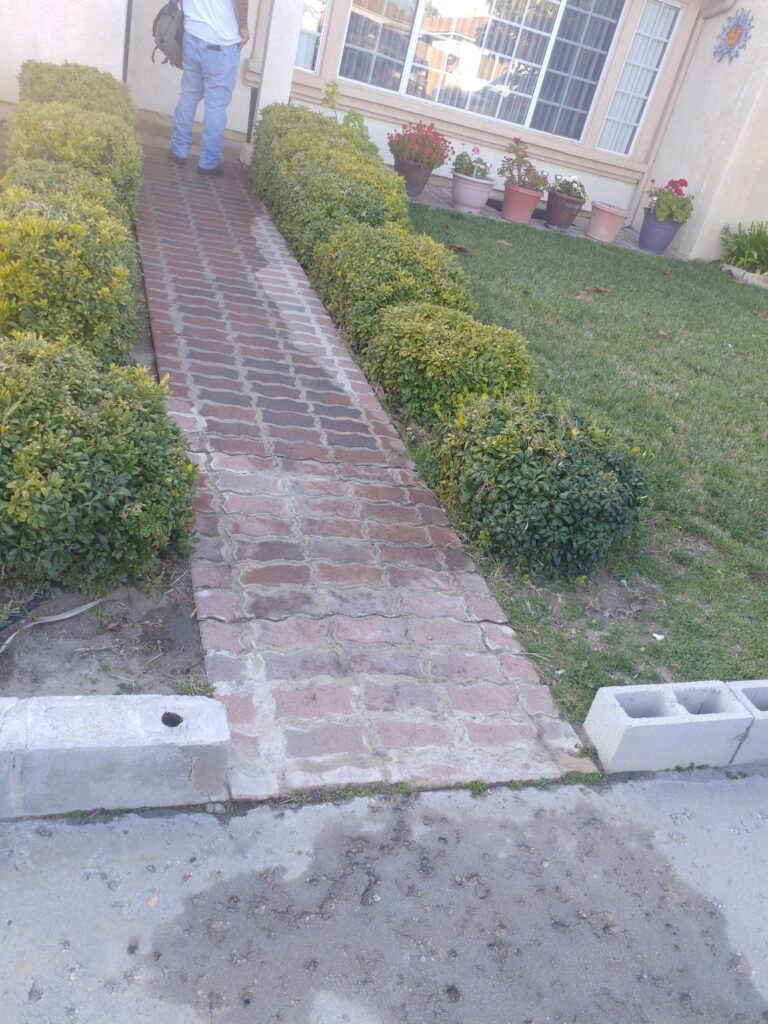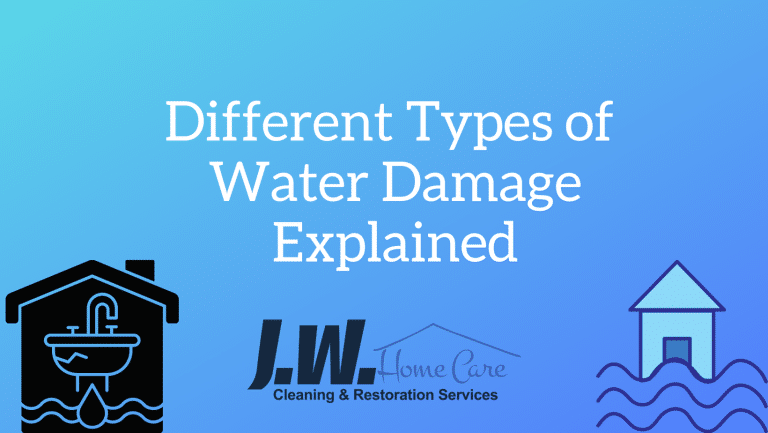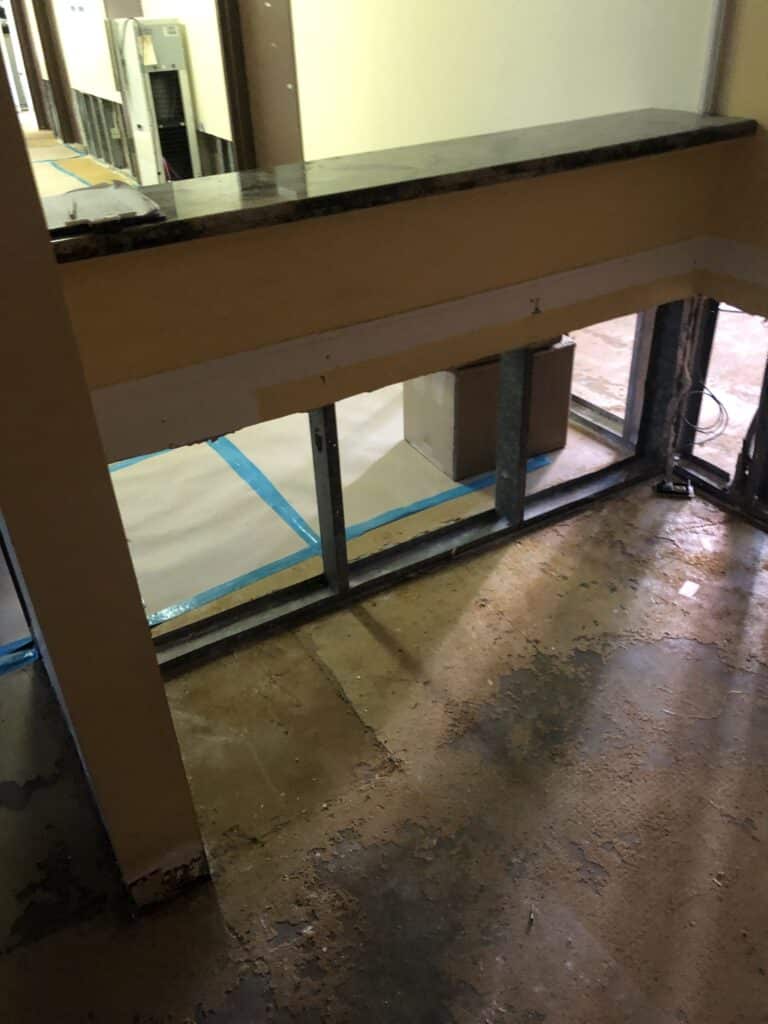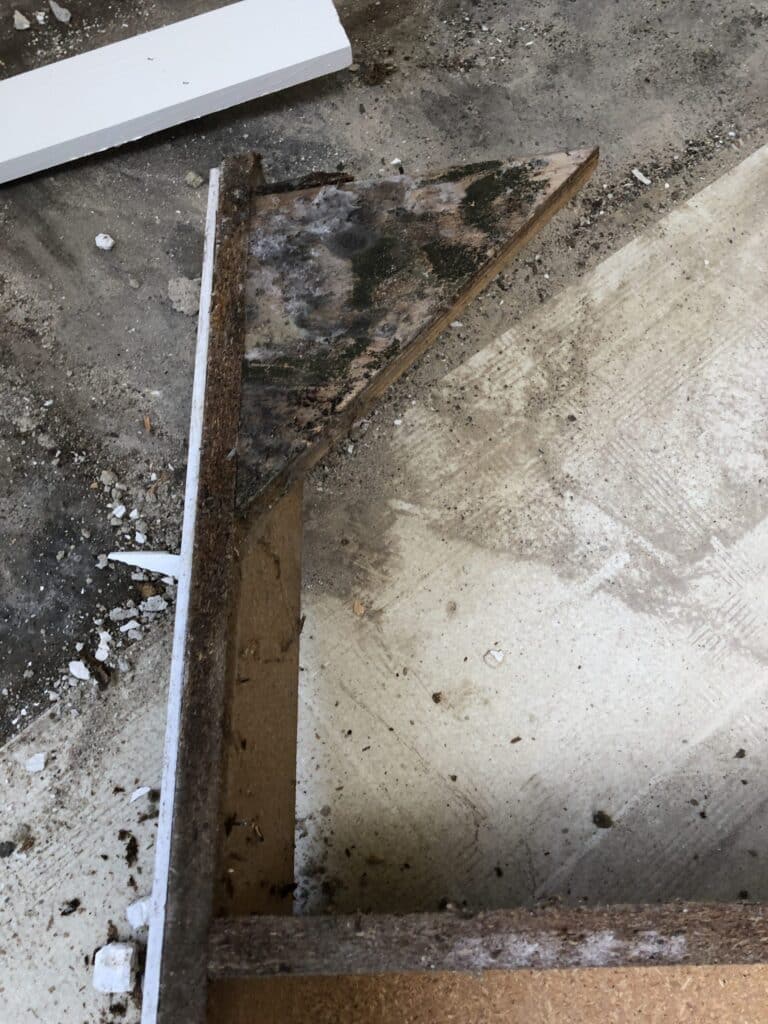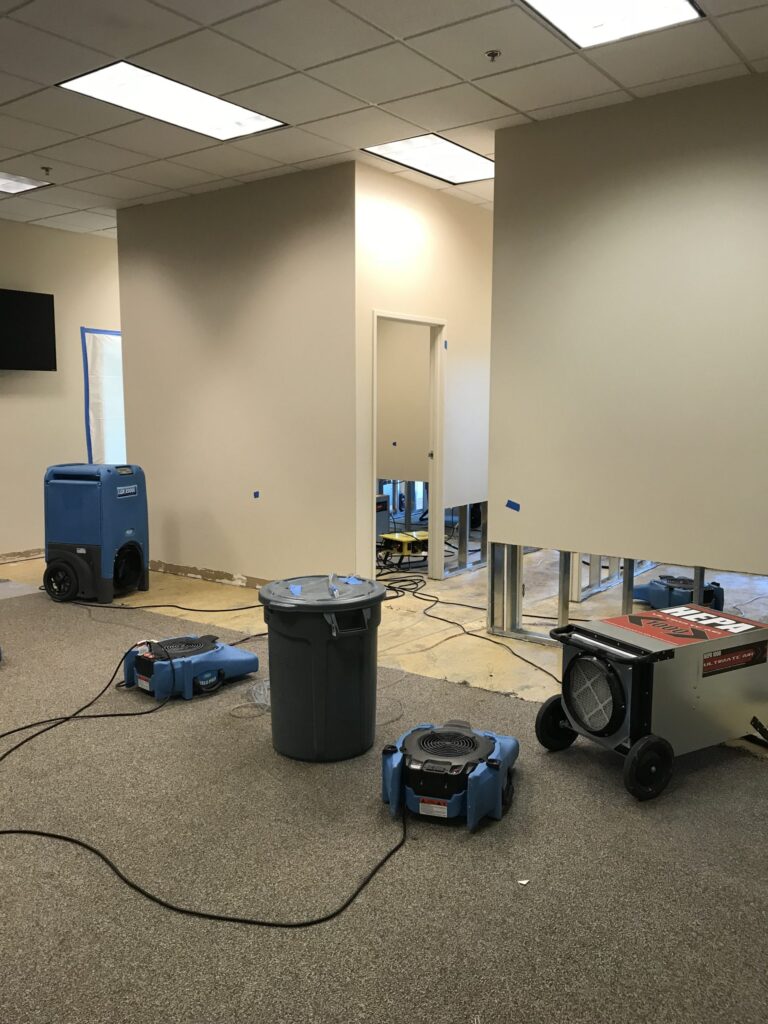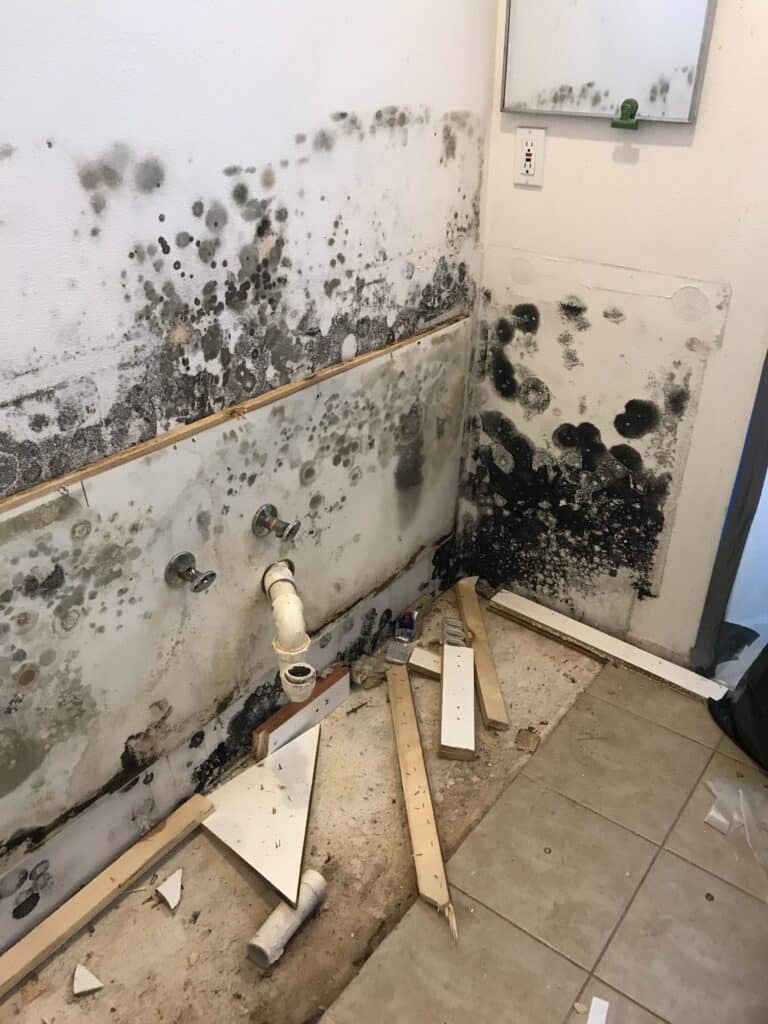Muti-Unit Water Damage in Ventura, CA: Complex Restoration Across Three Units
When a property management company alerted us to Muti-Unit Water Damage in Ventura, our IICRC-certified water-damage restoration team responded immediately. A single overflowing toilet in one unit had seeped into two neighboring apartments and a shared hallway. Within hours, we assessed moisture levels, began water extraction, and coordinated a drying plan designed to minimize tenant disruption and prevent mold growth.
The Call & Assessment
- Source Unit: Master bathroom toilet overflowed into bedroom carpet.
- Affected Areas: Three apartment units totaling ~1,200 sq ft plus a 300 sq ft common corridor.
- Initial Risks: Elevated moisture threatened carpets, drywall, and potential mold in HVAC systems.
- Key Insight: In multi-tenant buildings, rapid response protects both property and occupant health.
Our Restoration Process
- Containment Setup: Installed plastic barriers at each doorway and deployed HEPA air scrubbers to keep unaffected areas safe.
- Water Extraction: Used truck-mounted vacuums and portable extractors to remove over 1,800 gallons of water from carpets and subfloors.
- Demolition: Removed saturated carpets, padding, and baseboards up to the high-water line—preserving as much original material as possible.
- Drying & Dehumidification: Placed industrial dehumidifiers and axial air movers in each unit and the hallway, running equipment continuously for seven days.
- Moisture Monitoring: Conducted twice-daily readings with pin-type and non-invasive meters, ensuring levels dropped below the 15% threshold before equipment removal.
Project Highlights
- Total duration: 7 days (extraction, demo, and drying)
- Areas affected: ~1,500 sq ft across four zones
- Water removed: ~1,800 gallons
- Containment zones: Four—each unit plus corridor
- Moisture reduction: From >35% to <12% in all zones
Why Rapid Extraction Is Critical
Water left standing in multi-unit buildings can migrate through walls and HVAC ducts, leading to widespread mold within 48 hours. Fast extraction halts damage at the source, reduces repair scope, and maintains safe indoor air quality for tenants.
Prevention Tips for Property Managers
- Install float-valve alarms: Place sensors in toilets and utility closets to catch overflows early.
- Perform monthly inspections: Check toilet seals and connections for signs of wear.
- Maintain proper drainage: Ensure common-area floor drains are clear and operational.
- Seal transition points: Use water-resistant seals where different floor types meet.
- Educate occupants: Provide tenants with basic leak-reporting procedures to accelerate responses.
Conclusion & Next Steps
If you’re dealing with multi-unit water intrusion, call JW Home Care for Muti-Unit Water Damage in Ventura. Our IICRC-certified technicians, as a California State-Licensed General Contractor, will extract water, dry your property, and coordinate directly with insurers to restore safety and function—often without requiring tenants to relocate. For more examples of our rapid-response expertise, see our Commercial Water Restoration Project in Oxnard, CA case study.
